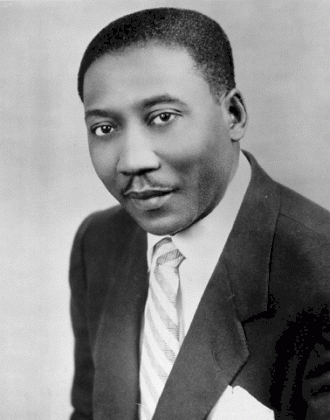NEUROSCIENCE AT THE BLUESFEST: Blues is good for the brain
Posted on August 22, 2012 By LH Thomson Front Slider, Music
 Muddy Waters famously sang that the blues had a baby, and they named it rock ‘n’ roll.
Muddy Waters famously sang that the blues had a baby, and they named it rock ‘n’ roll.
Of course, that was a hell of a long time ago. His last hit CD, “Hard Again,” was back in ‘77 and Muddy died in ’84. Things have changed a bit. As we prepare for Edmonton Blues Festival at Hawrelak Park this weekend – headlined by bluesmen like Charlie Musselwhite and Jimmie Vaughan – it’s worth going into a little background on the blues, coupled with some speculation based on modern neuroscience’s study of the relationship between music and ritual.
What, you wanted simple? Go read a newspaper.
These days, there are really two types of blues, despite what the hardcore “blues Nazis” will tell you. There’s the real deep blues, which fortunately most people rarely experience, unless they’re manic depressive or regularly treated like a second-class citizen for reasons of race or creed … or addiction, or character, or various other major social flaws.
Despite the description, deep blues aren’t all slow and mournful. Sometimes they’re angry or full of pathos, but upbeat. For examples, see most of Otis Rush’s catalogue, or some of Little Walter’s juke-joint harp blasts, or modern political tunes like Guitar Shorty’s “We The People.”
The beat you can dance to. But the lyrics? The lyrics are angry or miserable. This is the blues you spend hours listening to when you’ve drained the last drop of liquor, run out of weed, and can barely stay conscious for long enough to hate the woman what done you wrong.
The second type of blues is really “rhythm and blues”. It’s the bastard son of Louis Jordan’s Tympany Five, T-Bone Walker’s guitar work and every jukebox in every bar in 1950s and ‘60s Chicago. It’s the stuff you mostly hear from B.B. King, Freddie King, modern acts like the Fabulous Thunderbirds. It’s about the common man’s life and it’s relatable, but mostly it’s just simple and sounds good. The lyrics aren’t usually too heavy.
BOTH types of blues are rooted in religious music, and this is demonstrable in its ability to make people “zone out” by listening to Blues’ repetitive, catchy hooks, in much the way they might while listening to an extended spiritual mantra. One of the leading lights on the French blues scene, Rene Malin, once confirmed that the blues became like a religion or an addiction to him and he could space out while listening to it.
The Canadian artist Sue Foley has dealt with blues addicts for years, and may have been the person who coined “blues Nazi” , to describe the religion-like fervor some blues fans get about blues being played “a certain way.”
And that’s because short, repeated eight- and 12-bar patterns trigger anxiety-reducing brain chemistry. They’re relateable enough for our brain to consider them actively, while also being simple enough to not require real concentration. Or, that’s what a logical comparison to both other short religious forms of music – outlined in Dr. Andrew Newberg’s book How God Changes Your Brain – and the shared experience that hardcore blues fans talk about.
Basically, the blues can help your brain relax. But if you think about it, that only holds true if the message isn’t depressing and doesn’t enable people to continue feeling sorry for themselves. Then it’ll just make you dwell.
So if you want to get a mental lift off blues music, listen to the stuff with upbeat or humorous messages. The rest will take care of itself. Or, listen to all of it – because it’s nearly all danceable – and just ignore the lyrics to the songs about how life will crush your spirit and eat your soul. The Edmonton Blues Festival runs Friday through Sunday in Hawrelak Park.











